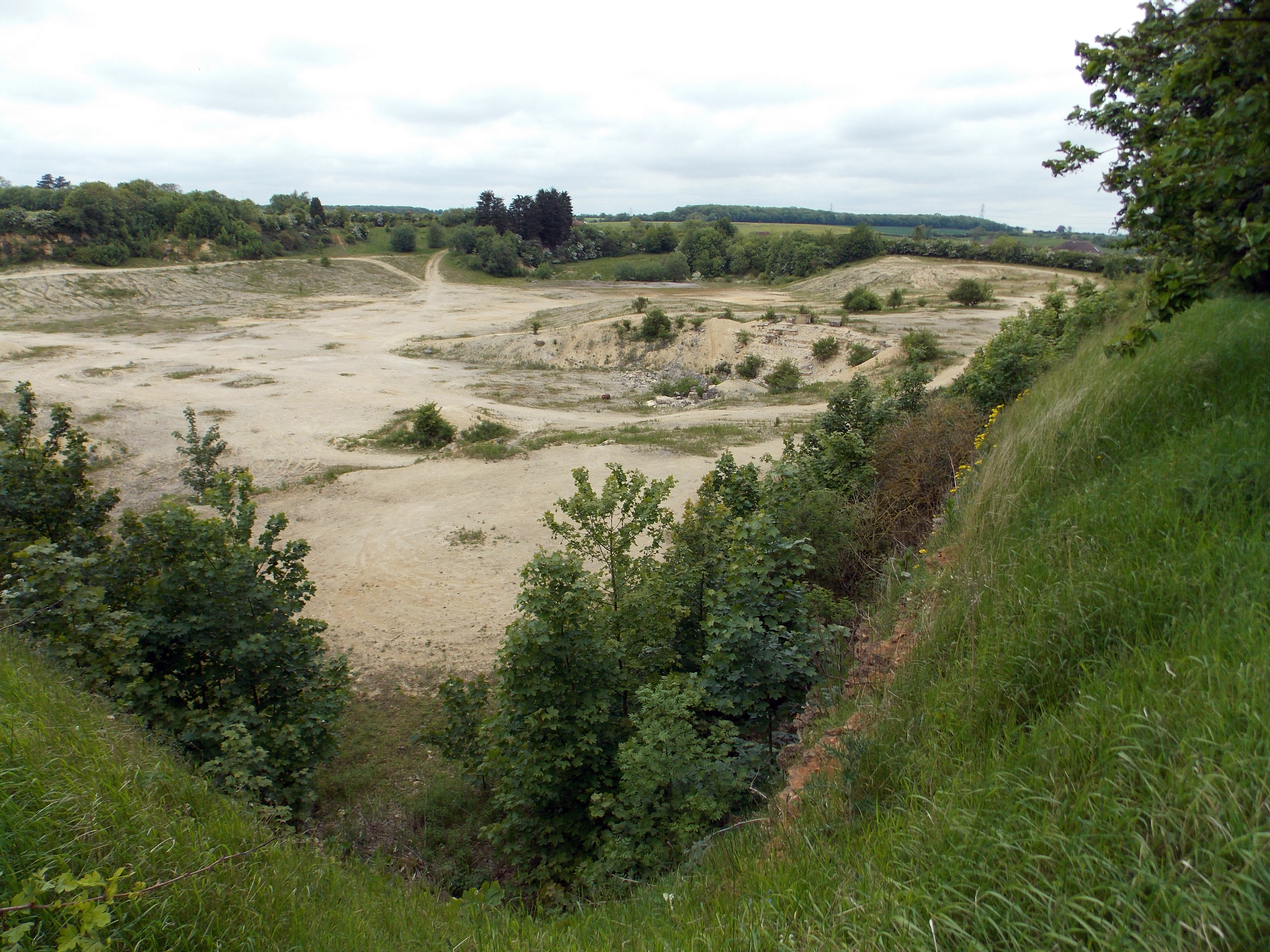Castle Bytham Quarry on:
[Wikipedia]
[Google]
[Amazon]
Castle Bytham quarry is a disused  When the quarry was opened in the 1850s a
When the quarry was opened in the 1850s a
www.thebythams.org.uk Images of the quarry as it was in 2003Natural England data sheet
{{coord, 52.7507, -0.5348, type:landmark_region:GB, display=title Geography of Lincolnshire Sites of Special Scientific Interest in Lincolnshire Bytham Lime kilns in the United Kingdom Quarries in England
quarry
A quarry is a type of open-pit mine in which dimension stone, rock, construction aggregate, riprap, sand, gravel, or slate is excavated from the ground. The operation of quarries is regulated in some jurisdictions to reduce their envir ...
located close to the centre of the village of Castle Bytham, Lincolnshire
Lincolnshire (abbreviated Lincs.) is a Counties of England, county in the East Midlands of England, with a long coastline on the North Sea to the east. It borders Norfolk to the south-east, Cambridgeshire to the south, Rutland to the south-we ...
, England
England is a country that is part of the United Kingdom. It shares land borders with Wales to its west and Scotland to its north. The Irish Sea lies northwest and the Celtic Sea to the southwest. It is separated from continental Europe b ...
. It is famous for the exposure of ''Laeviuscula'' Zone ammonite fauna has allowed the dating of the Upper Lincolnshire limestone
The Lincolnshire Limestone Formation is a geological formation in England, part of the Inferior Oolite Group of the (Bajocian) Middle Jurassic strata of eastern England. It was formed around 165 million years ago, in a shallow, warm sea on the ma ...
- can be zoomed to show the quarries formation to the Bajocian
In the geologic timescale, the Bajocian is an age and stage in the Middle Jurassic. It lasted from approximately 170.3 Ma to around 168.3 Ma (million years ago). The Bajocian Age succeeds the Aalenian Age and precedes the Bathonian Age.
Stra ...
era, and thereby dating other deposits around Europe.
 When the quarry was opened in the 1850s a
When the quarry was opened in the 1850s a Bronze Age
The Bronze Age is a historic period, lasting approximately from 3300 BC to 1200 BC, characterized by the use of bronze, the presence of writing in some areas, and other early features of urban civilization. The Bronze Age is the second prin ...
arrowhead and a Saxon burial were found in the overburden.
Although Ironstone quarrying was common to the west and north, this quarry was worked for Limestone. A kiln adjacent to the railway line was used to produce slaked lime for the agricultural trade and a small amount of cement. The quarry was worked by the ''Castle Lime company'.
The quarry has been left to return to nature since its closure and is now a recognised Site of Special Scientific Interest or SSSI. It has most recently been used as a temporary car park for the annual Castle Bytham Mid-Summer Fair but is otherwise unused. The present owner of the quarry made efforts in 2004 to turn the quarry into an industrial complex of offices and small industrial units.
Thunderbolt Pit, The small quarry to the North of the Little Bytham road, just past the former railway bridge, is in another small outcrop of the same stratification, on the other side of the river. Thunderbolt Pit It was not operated by Castle Lime.
See also
*List of Sites of Special Scientific Interest in Lincolnshire
__NOTOC__
This is a list of Sites of Special Scientific Interest (SSSIs) in Lincolnshire. This list includes sites within the ceremonial county of Lincolnshire, covering the two unitary authorities North Lincolnshire and North East Lincolnshir ...
*List of types of limestone
This is a list of types of limestone arranged according to location. It includes both formal stratigraphic unit names and less formal designations.
Africa Egypt
* Tura limestone, used for the Great Pyramid casing stones
* Mokattam limestone; ...
References
*External links
www.thebythams.org.uk Images of the quarry as it was in 2003
{{coord, 52.7507, -0.5348, type:landmark_region:GB, display=title Geography of Lincolnshire Sites of Special Scientific Interest in Lincolnshire Bytham Lime kilns in the United Kingdom Quarries in England